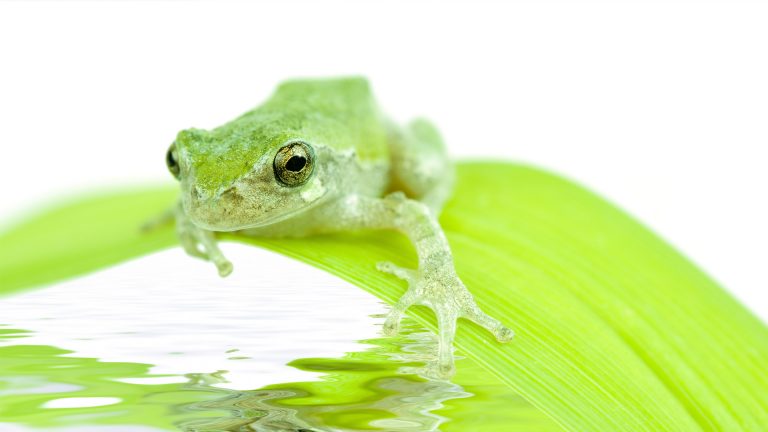Adaptation Tutorial

Plant and animal adaptations on aquatic habitats
Adaptation, in biology and ecology, refers to the process or trait through which organisms or the populations in a habitat become more suited or a better fit to their environment. It is similar to the term acclimatization in a way that both of them are processes that lead to the adjustment to a change, such as a change in temperature, humidity, or pH. However, adaptation is a result of a long developmental and evolutionary process that transpires over many generations. This is opposed to acclimatization that takes place in a relatively shorter period of time, e.g. over hours or weeks, within an organism. In the evolutionary theory of Charles Darwin on natural selection, organisms adapt to their environment to resist extinction and survive. In doing so, they have higher chances of passing on their genes to the next generation.
Objectives
- To understand water regulation adaptations in animals and plants to enable them to survive in their habitats, particularly freshwater and marine environments
- To learn the geologic and biological processes entailed in the water cycle
- To gain knowledge in water homeostasis in animals and plants
Key Points
- By osmoregulation, organisms are able to maintain an optimum water concentration in their internal environment, and thus, are able to continue to function normally and optimally.
- Animals adapt anatomically, physiologically, and behaviorally. All these adaptations are designed for them to survive more tolerably in their habitat.
- Plants need water as it is one of the reactants in photosynthesis. Thus, they absorb water from where they thrive and they are very efficient in maintaining the suitable amount of water that is optimal for their survival and growth.
The Water Cycle
The water cycle (also referred to as the hydrological cycle) is a system of continuous transfer of water from the air, sea land, and water in a cycle. This tutorial explains in brief what occurs in the water cycle. Also, it delineates what is groundwater and surface run-off. This is an essential background as to how the water moves in an ecosystem both geologically and biologically…
Plant Water Regulation
Plants need to regulate water in order to stay upright and structurally stable. Find out the different evolutionary adaptations of plants in terms of structure (e.g. stomata) and physiological mechanisms (e.g. root pressure, capillarity, transpiration pull, curving of leaves, etc.) that enabled them to maintain the appropriate water level…
Animal Water Regulation
Animals adapt to their environment in aspects of anatomy, physiology, and behavior. This tutorial will help you understand how animals adapt to their habitat. For instance, how animals thrive in aquatic habitat and are able to overcome osmosis. It also sheds light on the reasons animals adapt…


